Raising healthy guppy fry requires careful attention to their early environment. One of the most critical steps in ensuring their survival is proper isolation. Guppy parents, particularly the adults, may view their own offspring as potential food, making separation a necessity rather than an option. The process involves more than just placing the fry in a different tank—it requires thoughtful planning to replicate conditions that promote growth while minimizing stress.
Understanding the Need for Isolation
Guppies are known for their prolific breeding habits, but this also means that fry are at constant risk. Adult guppies, including the mother, may prey on the young if given the opportunity. Isolation isn’t just about protection from predators; it also allows for controlled feeding and monitoring of water conditions. Without separation, the survival rate of fry drops significantly, as competition for food and space becomes a limiting factor.
Another reason for isolating fry is disease prevention. Young guppies have underdeveloped immune systems, making them susceptible to infections that adult fish might carry. A separate rearing tank reduces exposure to pathogens and allows for targeted treatments if health issues arise. This early-stage care is crucial for developing strong, vibrant adult guppies.
Setting Up the Ideal Fry Tank
The isolation tank doesn’t need to be large, but it must be properly equipped. A 5 to 10-gallon tank is often sufficient for a batch of fry. Sponge filters are highly recommended because they provide gentle filtration without creating strong currents that could exhaust the fry. The filter also serves as a breeding ground for infusoria—a microscopic food source that fry can graze on between feedings.
Water quality is non-negotiable. Regular partial water changes, around 20-30% every few days, help maintain low ammonia and nitrate levels. Since fry are sensitive to sudden changes, the new water should closely match the temperature and pH of the existing tank water. Live plants like java moss or floating plants such as duckweed can offer shelter and improve water quality by absorbing excess nutrients.
Feeding Strategies for Optimal Growth
Nutrition plays a pivotal role in the development of guppy fry. In their first week, they require frequent, small meals—up to five times a day. High-protein foods like baby brine shrimp, microworms, or commercially available fry powder are excellent choices. As they grow, the frequency of feedings can be reduced, but portion sizes should increase to support their rapid growth.
Overfeeding is a common mistake. Excess food decays and pollutes the water, leading to health issues. Observing the fry’s behavior helps gauge whether they’re receiving enough food. A well-fed fry will have slightly rounded bellies and display active swimming patterns. If food remains uneaten after a few minutes, portions should be adjusted.
Transitioning Fry to a Community Tank
Knowing when to reintroduce fry to the main tank is just as important as isolating them initially. A good rule of thumb is to wait until they are large enough not to fit in the mouths of adult guppies—usually around four to six weeks, depending on their growth rate. At this stage, they should also be robust enough to compete for food in a community setting.
Acclimation is key. Sudden changes in environment can shock the fry, so gradual introduction is best. Floating the fry in a breeder box within the main tank for a day or two allows them to adjust to water conditions and observe their future tankmates. This step reduces aggression and stress during the final release.
Long-Term Considerations for Healthy Development
Even after moving fry to a community tank, monitoring their progress is essential. Some may grow slower than others due to genetics or early health challenges. Separating slower-growing fry into a secondary grow-out tank can prevent them from being outcompeted and give them a better chance to catch up in size.
Selective breeding goals may also influence isolation practices. If aiming for specific color patterns or fin shapes, keeping certain fry separated for further observation ensures only the best specimens are used for future breeding. This level of attention to detail separates casual hobbyists from dedicated guppy enthusiasts.
Ultimately, the effort put into raising guppy fry pays off in the form of a thriving, colorful population. While isolation requires extra work, the reward of watching delicate fry mature into stunning adult fish makes the process deeply satisfying for any aquarist.
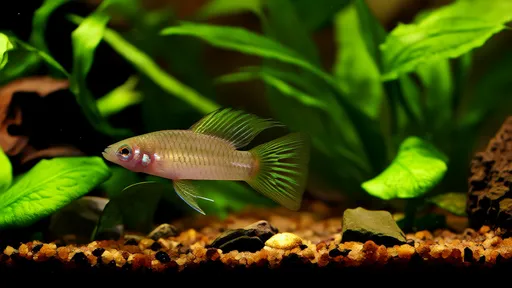
By /Jun 28, 2025
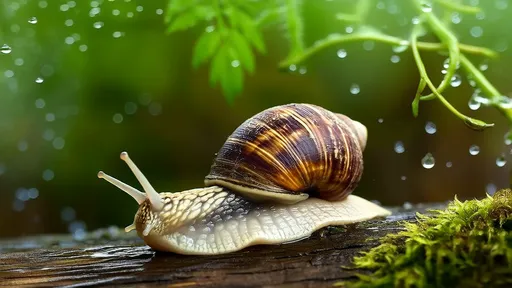
By /Jun 28, 2025
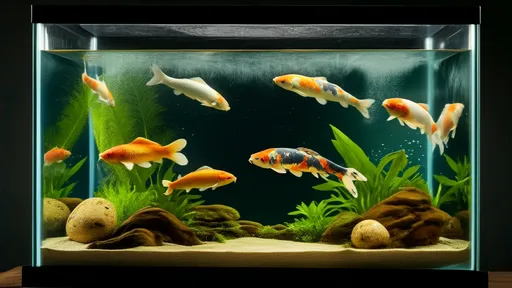
By /Jun 28, 2025

By /Jun 28, 2025
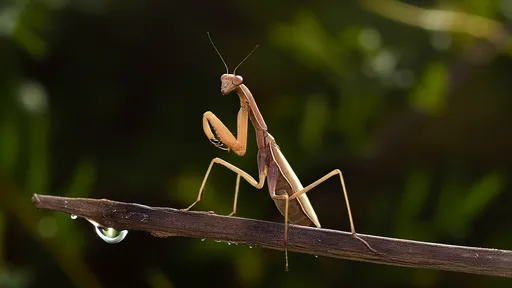
By /Jun 28, 2025
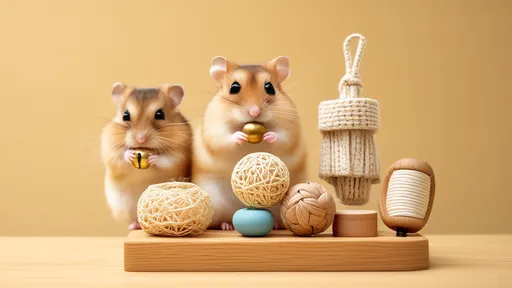
By /Jun 28, 2025
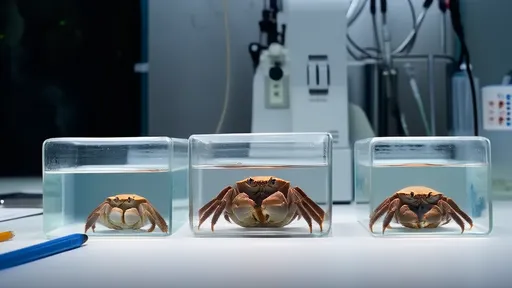
By /Jun 28, 2025
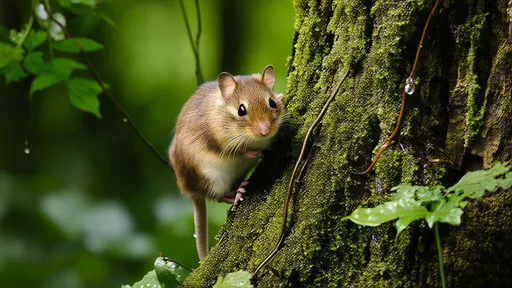
By /Jun 28, 2025
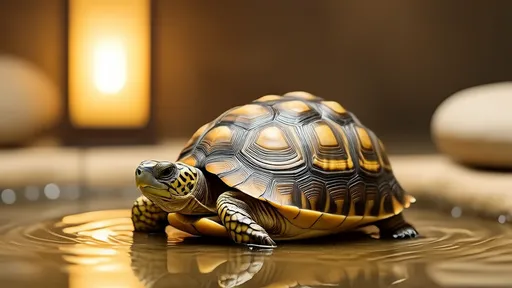
By /Jun 28, 2025
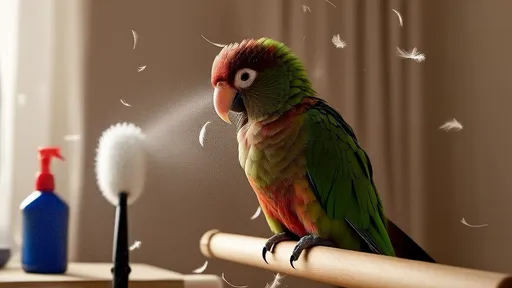
By /Jun 28, 2025

By /Jun 28, 2025
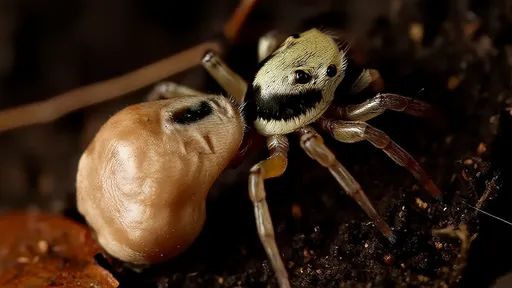
By /Jun 28, 2025
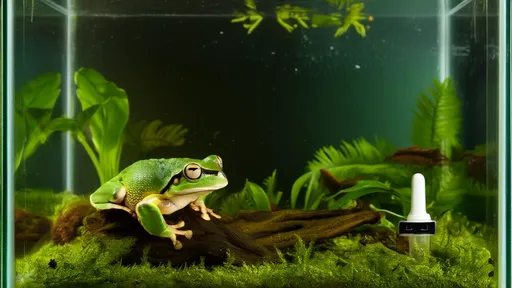
By /Jun 28, 2025

By /Jun 28, 2025
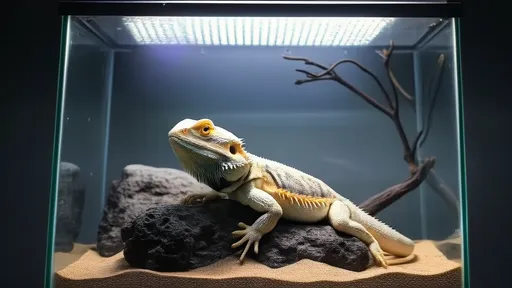
By /Jun 28, 2025
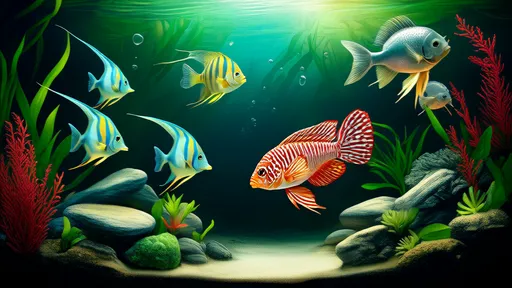
By /Jun 28, 2025
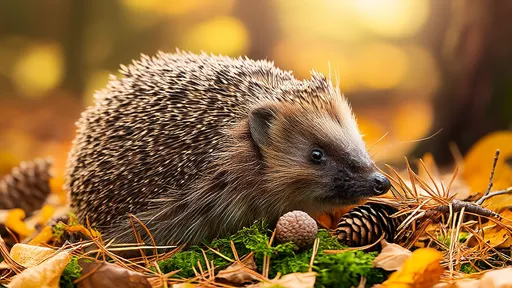
By /Jun 28, 2025